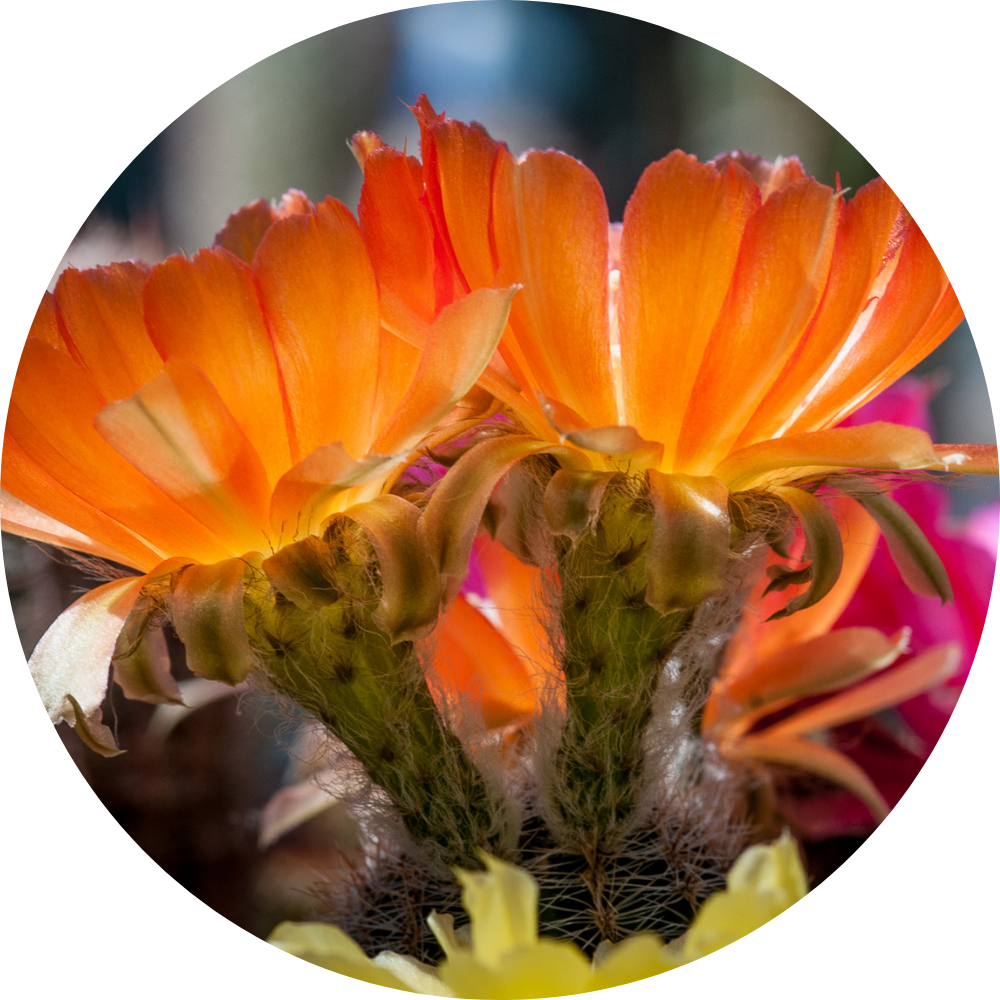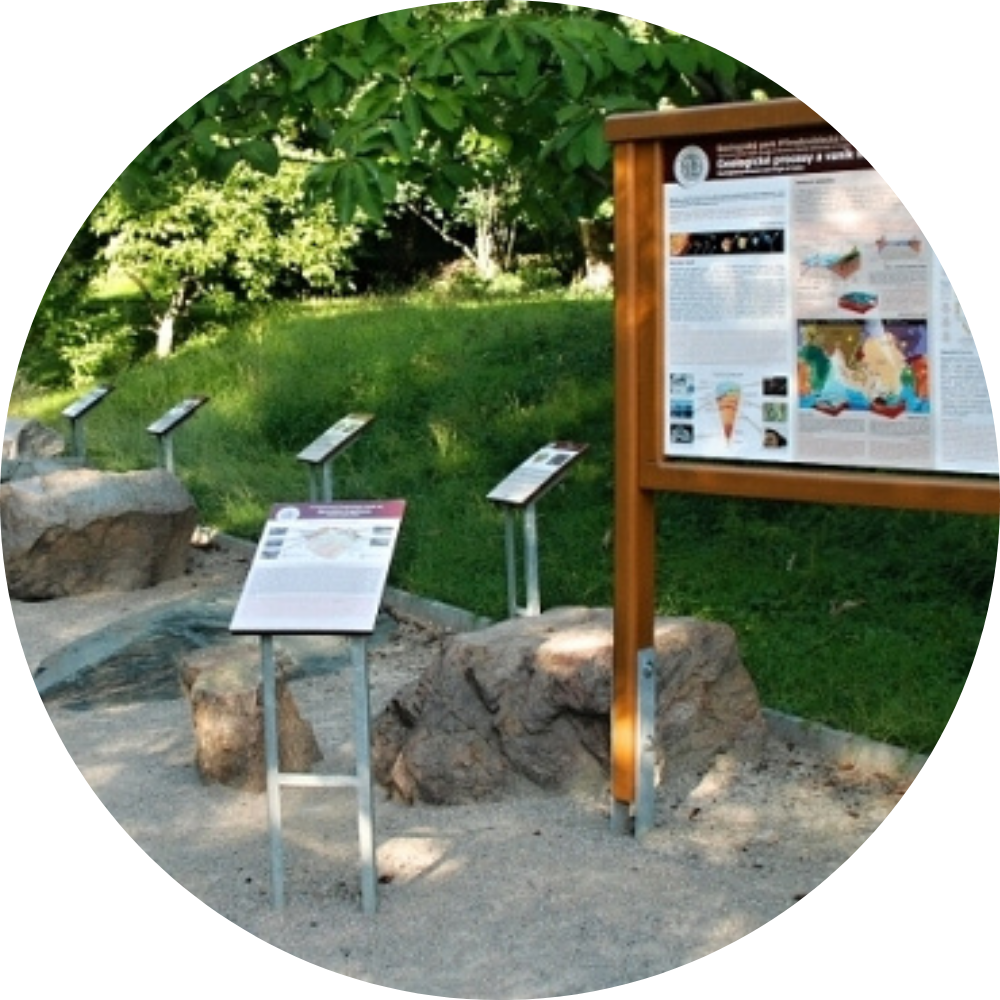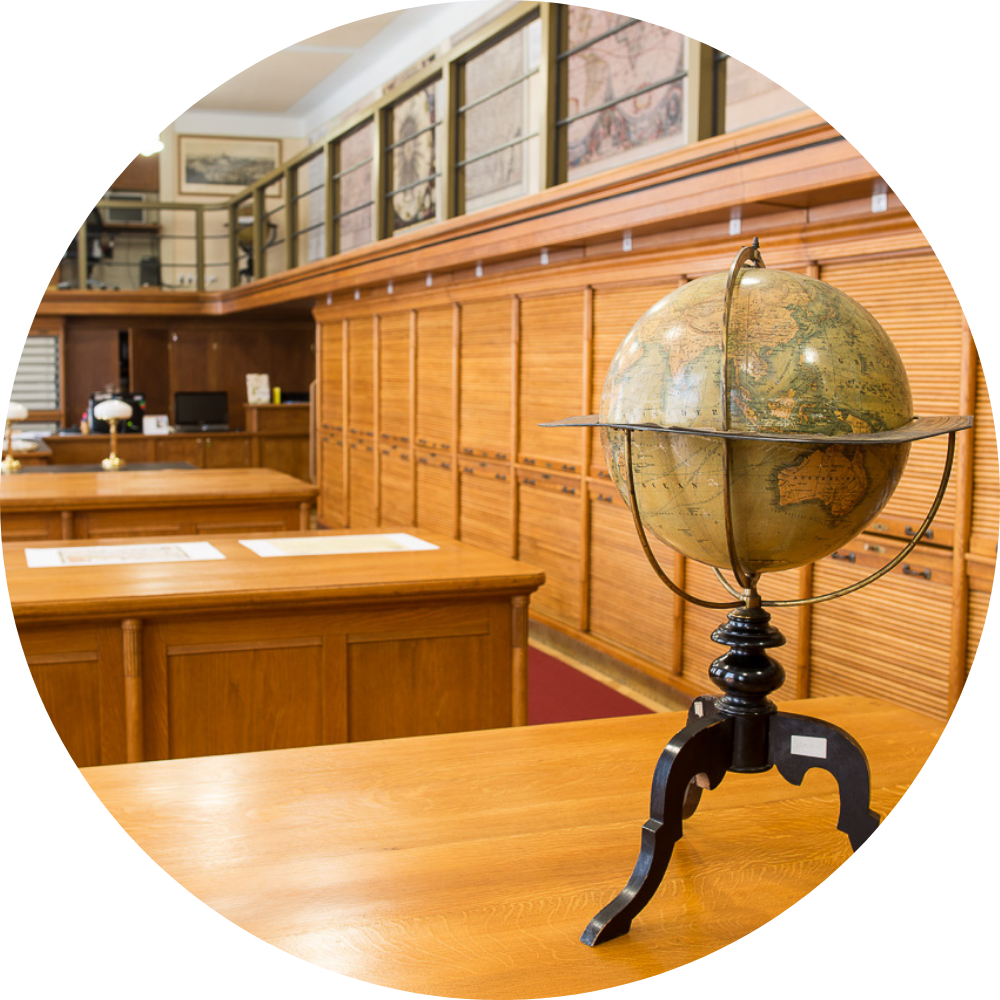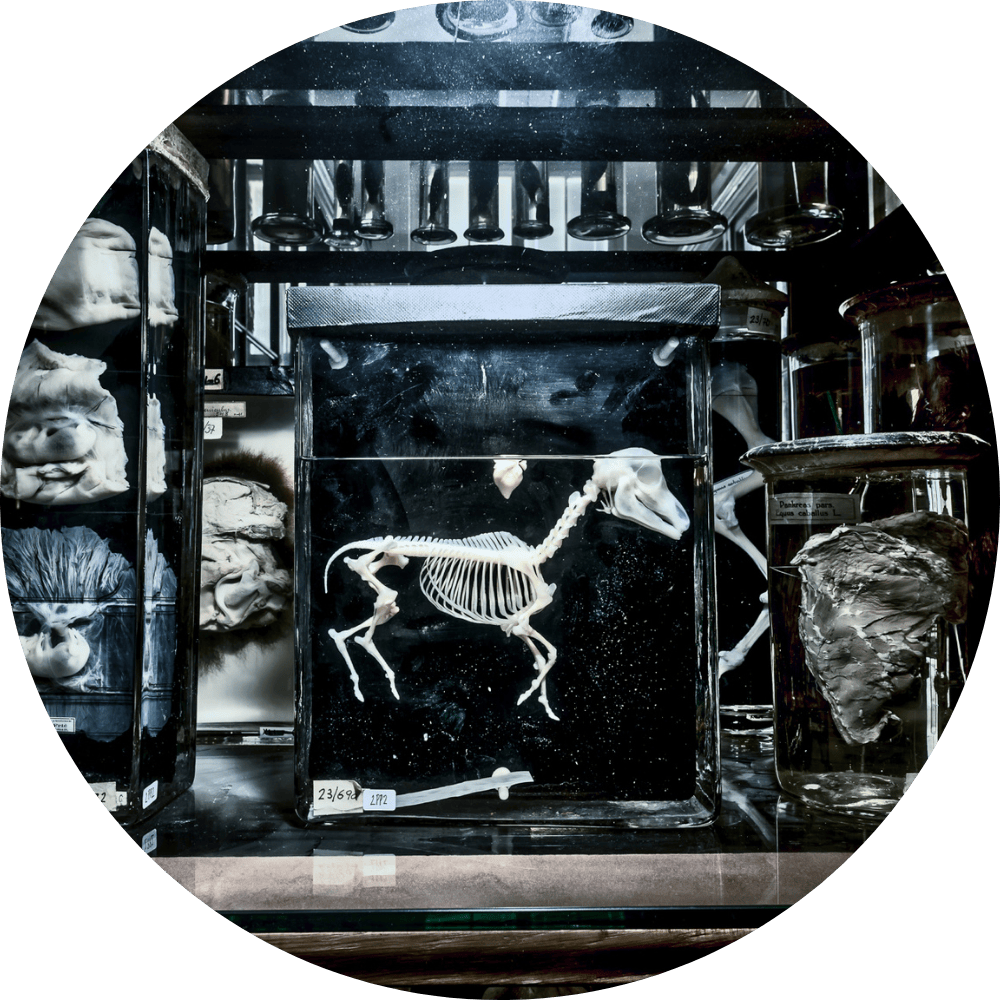Museums and collections
The Botanical GardenThe Botanical Garden of the Faculty of Science, Charles University traces its roots back to the other side of the Vltava River, specifically to Smíchov, where it was founded in 1775. It has been located in its current place within the Faculty of Science, Charles University campus since 1898. Within its boundaries, you can find the headquarters of the Department of Botany and the Institute for Environmental Studies of the Faculty of Science, Charles University (Benátská 2 building), as well as the faculty's study department (Na Slupi 16 building). In addition to plants in both the greenhouse and outdoor areas, visitors can explore a unique collection of Czech minerals, the Geopark, spread across its 3.5 hectares. The outdoor area is freely accessible during the day, with an entrance fee required for access to the greenhouses. |
GeoparkThe Geological Park of the Faculty of Science, Charles University, is a permanent outdoor exhibition of rocks that have recorded the geological evolution of the territory of our country over the last approximately 600 million years. The exhibition provides insights into the unique geological history of the Czech Republic. Visitors to the exhibition gain an overview of rocks, their internal structure, composition, formation processes, and occurrence in our territoryThe exhibition is located in the central part of the Botanical Garden of the Faculty of Science, Charles University. The Geopark is freely accessible within the outdoor area of the Botanical Garden. |
Hrdlicka Museum of ManHrdlicka Museum of Man website The museum, named after the prominent figure in world science, Czech-American anthropologist Aleš Hrdlička, is now located in the headquarters of the Biological Section, at Vinicna 7. This small but extremely charismatic museum moved to this location in 1952 from Albertov, where it was founded in 1922 thanks to the patronage of Aleš Hrdlička. Besides regular tours, the museum currently organizes various additional events such as night tours and workshops focused on children and youth. Entrance fee is required during the museum's opening hours. |
Chlupac Museum of Earth HistoryChlupac Museum of Earth website The field of paleontology inevitably includes a collection of fossils primarily used for education. The collectin of paleontologists at Albertov 6 has grown to such an extent that in 2009, a part of it could be transformed into a smaller museum. In addition to the collection of fossils and reconstructions of prehistoric life, visitors can also encounter the most visually striking exhibit, a replica of the skeleton of an Argentine Cretaceous dinosaur of the genus Carnotaurus. Entrance fee is required during the museum´s opening hours. |
Map CollectionSince the inception in 1913, the building at Albertov 6 has housed a unique collection of historical maps known as the Map Collection. Its origins date back even further to 1891 when it was established together with the Geographic Institute of Charles University. Located on the second floor of the building, the collection houses over 130,000 exhibits including wall maps, atlases, and globes. Entrance fee is required during the collection's opening hours according to the price list. |
Mineral CollectionMineral Museum Website Another of the unique collections that visitors can find in the building at Albertov 6 belongs again to geology, this time focusing on mineralogy. Its origins date back to 1775 when the Cabinet of Natural Curiosities, Museum naturae Pragense, was established within Charles University. The collection was relocated to the building at Albertov 6 in 1916, thanks in part to an edict by Empress Maria Theresa aimed at expanding it. Currently, the collection comprises over 22,000 minerals, with 2,000 of them displayed in showcases. Entry is by appointment only. |
Herbarium CollectionsContaining a total of 2.5 million specimens, not only of higher plants but also lichens, fungi, fruits, and seeds. Such is the extensive inventory of items in the herbarium collections housed at the Department of Botany in the Benátská 2 building within the premises of the Botanical Garden of Charles University. The collection was established in 1775 together with the Botanical Garden and is currently ranked among the top 25 most valuable herbarium collections in the world. Entry is by appointment only.
|
Periodic table of elements
In honour of the 150th anniversary of the discovery of the periodic law by Dmitri Ivanovich Mendeleev and to commemorate his collaboration with the Czech chemist Bohuslav Brauner, we have created an exhibition of the chemical elements in the form of a large periodic table of elements (PSP). The exhibition is located in Albertov in the chemistry department building (Hlavova 8, Prague 2) in front of a large lecture hall named in honour of Professor Bohuslav Brauner. |
Zoological Collections
The Department of Zoology, located in the Biology Section building at Viničná 7, houses extensive zoological collections. These collections feature a unique historical assortment of wet specimens, taxidermy, and osteological preparations of various vertebrate and invertebrate species. Most specimens date back to the late 19th and early 20th centuries, from the era of the former Czech-German Charles-Ferdinand University. Today, the collection includes more than 5,000 exhibits displayed in their original historical cases. It is primarily used for specialized teaching in professional courses as well as for research in comparative morphology. Entry is available by prior arrangement only. |

